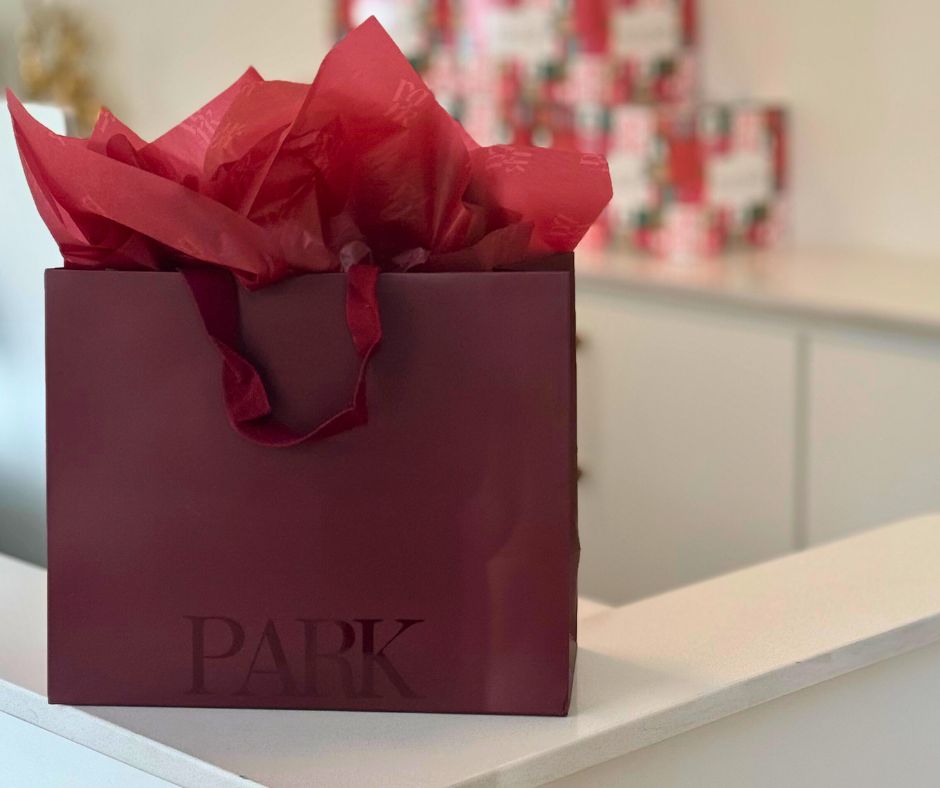
Our Location
130 Tibet Ave
Suite 105
Savannah, GA 31406
We are located in Tibet Professional Center with plenty of parking available.
How Weight Changes Impact Facial Volume: The In-Depth Reality of "Ozempic Face"
Losing weight often signifies a pivotal moment in one's journey to optimal health. The benefits are manifold: from reduced risks of chronic diseases to a surge in energy levels and self-esteem. Yet, one facet of weight loss often goes under-discussed: its impact on facial aesthetics. With the rising popularity of weight loss medications such as Ozempic, a phenomenon termed "Ozempic Face" has emerged, highlighting the unique challenges of facial volume loss. In this in-depth exploration, we will dive into the world of facial aesthetics in the context of weight changes.
Understanding the Facial Fat Compartments
The face is intricately structured with various fat compartments. These compartments, distributed across our cheeks, temples, around the eyes, and the mouth, give our face its youthful volume and definition. The balance and distribution of this fat are what create the contours and highlights of a youthful face.However, as we age or undergo dramatic weight changes, these compartments can diminish, often disproportionately. The result is the loss of volume in certain areas, leading to a sunken appearance, deeper wrinkles, and even jowling. For those using medications like Ozempic, these changes can be sudden and severe.
The Anatomy of Weight Loss
When we lose weight, our body taps into fat stores for energy. While this is beneficial for reducing visceral (abdominal) fat and slimming down, it doesn’t discern between the essential facial fat and the excess fat around our waist or thighs. So, while you’re celebrating the numbers dwindling on the scale, your face might be paying an aesthetic price.With the surge in the use of weight loss medications, particularly Ozempic, medical professionals are witnessing a stark acceleration in facial volume loss. This doesn't necessarily mean one should avoid these medications; it's about being informed and proactive.
Fillers: Immediate Volume Replacers
Fillers are a go-to solution in the aesthetic industry. Crafted from substances like hyaluronic acid, fillers offer immediate volume replacement. Once injected, these gels integrate into the facial tissues, restoring lost volume. They can lift the cheeks, plump the lips, or smooth the under-eye hollows.Popular fillers include Juvederm and Restylane. Each has its unique properties, making them ideal for different regions of the face.
Botox: The Wrinkle Relaxer
Though Botox doesn't directly replenish volume, it's an integral part of a comprehensive facial rejuvenation strategy. Botox, a purified protein, relaxes the muscles responsible for dynamic wrinkles (those formed by facial expressions). Regular Botox treatments can prevent these wrinkles from deepening, preserving a smoother facial appearance.
Biostimulators: Building Collagen Foundations
Unlike fillers that provide immediate volume, biostimulators encourage the body to produce collagen over time. As we age, collagen production slows, leading to sagging skin. Biostimulators, such as Sculptra and Radiesse, counteract this by reinvigorating collagen synthesis. This results in a firmer skin foundation and a gradual increase in facial volume.
Addressing "Ozempic Face": A Holistic Approach
While the term "Ozempic Face" may be new, the concept of facial volume loss due to weight change is not. To effectively address this:
- Consultation: Seek a thorough consultation with an experienced aesthetic provider. They can evaluate your face's unique needs and craft a tailored plan.
- Combination Treatments: Often, a combination of fillers, Botox, and biostimulators provides the most natural and long-lasting results. By addressing both volume loss and wrinkles, you achieve comprehensive facial rejuvenation.
- Maintenance: Facial aesthetics is not a one-time solution. Regular maintenance treatments ensure that the results are long-lasting and evolve with your changing needs.
See an in-depth video below of an actual Park patient and her journey involving a 100-lb weight loss and facial restoration.[embed]https://youtube.com/shorts/G2jaYvIwR4o[/embed]
Embracing Change While Staying Informed
Weight loss, especially when aided by medications like Ozempic, can bring about transformative health benefits. However, it's essential to be aware of its potential aesthetic implications. Being informed allows for proactive measures, ensuring that while the body slims down, the face remains youthful and vibrant.
Where Does This Leave Us?
The landscape of aesthetics is evolving, with novel challenges like "Ozempic Face" emerging. However, with a deeper understanding and the advanced tools at our disposal, achieving balanced, youthful facial aesthetics in the face of weight changes is more achievable than ever.
More insights
Discover the latest trends, best practices, and expert opinions that can reshape your perspective








